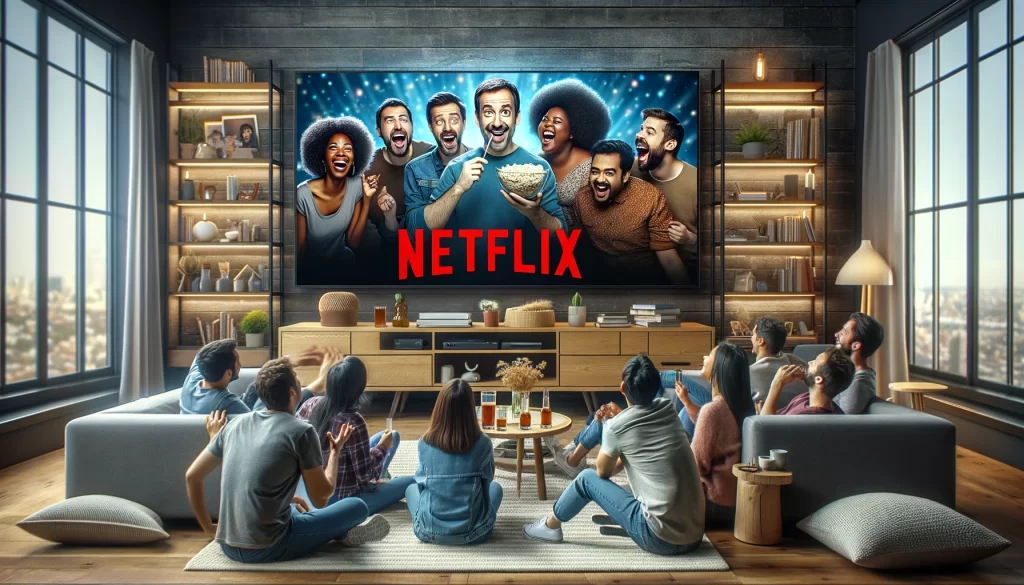Stand-up comedy has undergone a remarkable evolution, transitioning from the intimate stages of local comedy clubs to the global platform of streaming services like Netflix, where specials garner millions of views worldwide. This journey not only highlights the growing popularity of stand-up but also reflects broader changes in how we consume entertainment. In this article, we examine the roots of stand-up comedy, its evolution, and the role streaming platforms play in shaping the future of this art form.
The Humble Beginnings
Stand-up comedy, as we know it today, has its roots in the vaudeville performances of the late 19th and early 20th centuries. However, it was in the post-war era that stand-up began to emerge as a distinct form of entertainment, with comedians performing in clubs and bars, offering sharp, witty observations of everyday life and society. This era saw the rise of comedy legends whose influence persists today.
The Comedy Club Boom
The 1970s and 1980s witnessed a comedy boom, with clubs opening across the United States. These venues became the testing grounds for new material, offering a space for comedians to hone their craft in front of live audiences. The comedy club scene fostered a sense of community among performers and played a crucial role in the careers of many stand-up stars, providing a platform for them to be discovered by television and film producers.

Transition to Television and Film
As stand-up comedians gained popularity, many transitioned to television and film, broadening their audience reach. Comedy specials aired on cable networks, and successful comedians often landed roles in sitcoms or movies. This period marked the beginning of stand-up comedy’s influence on mainstream entertainment, with comedians becoming household names.
The Rise of Streaming Platforms
The advent of streaming services has significantly impacted the stand-up comedy landscape. Platforms like Netflix, Amazon Prime, and HBO Max have become the new homes for comedy specials, offering comedians global exposure. The direct-to-consumer model allows for a wider variety of comedic voices to be heard, breaking down the barriers that traditional media posed. Moreover, the on-demand nature of these platforms means that comedy specials are accessible anytime, anywhere, broadening the audience further.
The Impact of Streaming on Comedy
Streaming platforms have not only provided comedians with a broader audience but have also influenced the content and style of stand-up comedy. The global reach encourages comedians to address universal themes, making their material relatable to a wider demographic. Furthermore, the creative freedom afforded by these platforms has led to a diversification of the comedy landscape, with more nuanced and varied comedic voices emerging.
Challenges and Opportunities
While streaming has democratized access to stand-up comedy, it also presents new challenges. The sheer volume of content can make it difficult for new comedians to stand out, and the absence of live feedback changes the dynamic of crafting a comedy set. Despite these challenges, the opportunities for innovation and global connection offered by streaming platforms are reshaping the art of stand-up comedy for the digital age.
The evolution of stand-up comedy is a testament to the enduring appeal of humor
The evolution of stand-up comedy from clubs to Netflix specials is a testament to the enduring appeal of humor and the adaptability of comedians to changing media landscapes. As we look to the future, streaming platforms will undoubtedly continue to play a pivotal role in the development of stand-up comedy, pushing the boundaries of this art form and ensuring that laughter remains an essential part of our cultural conversation.




